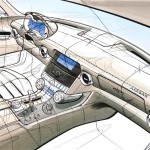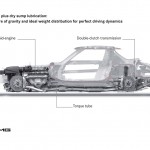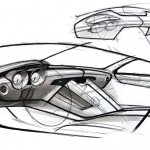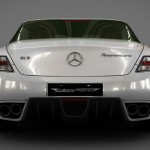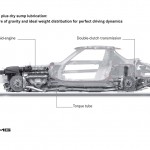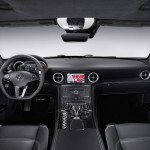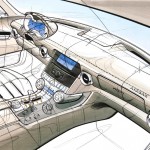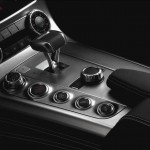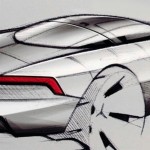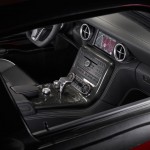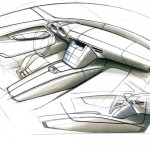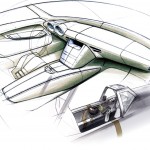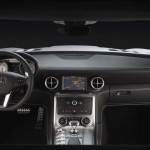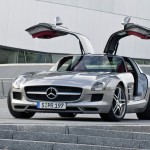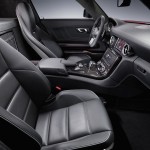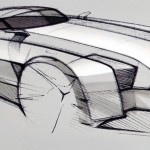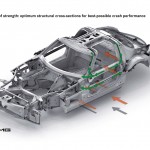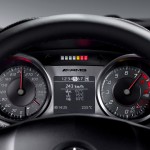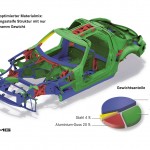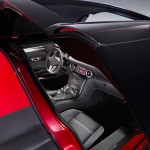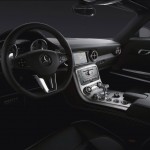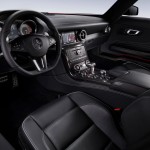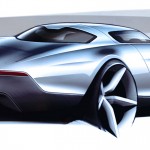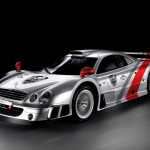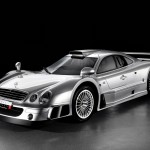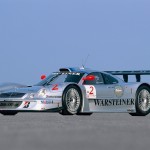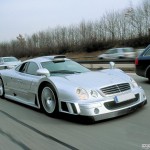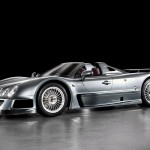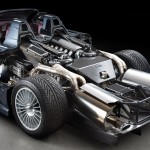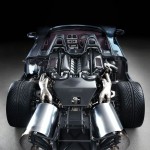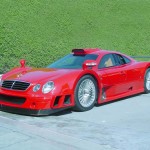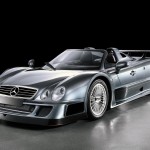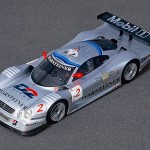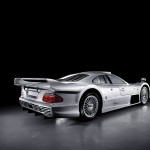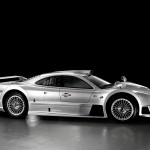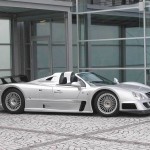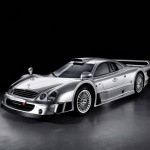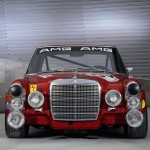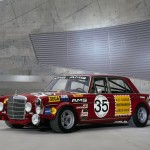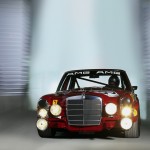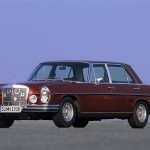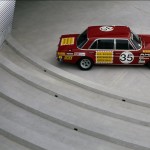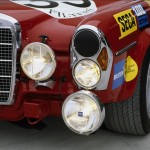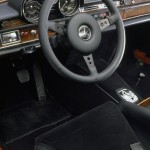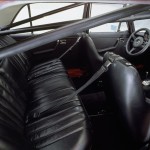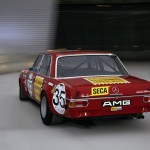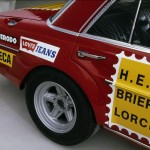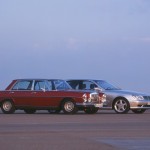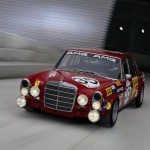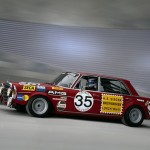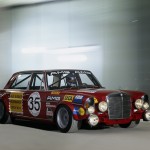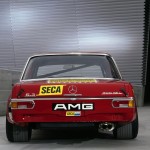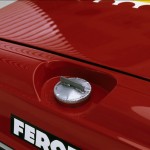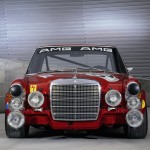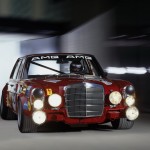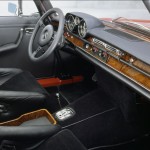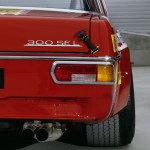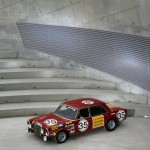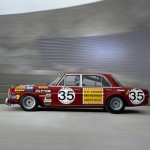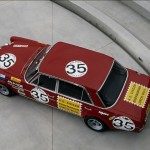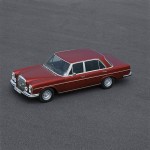Mercedes Benz
Feb 27, 2010 by admin in HOME Tags:Extreme Looping, SLS AMG
SLS AMG

The Mercedes-Benz SLS AMG embodies a blend of consummate automotive fascination and high tech. The super sports car delivers a compelling mix of purist styling, consistent lightweight design and superior driving dynamics. At the same time, the Mercedes-Benz SLS AMG fully lives up to all the expectations of hallmark Mercedes everyday practicality and optimum safety.  In essence, the new ‘Gullwing’ offers the ideal synthesis of the strengths of Mercedes-Benz and AMG.
In essence, the new ‘Gullwing’ offers the ideal synthesis of the strengths of Mercedes-Benz and AMG.
The new super sports car from Mercedes-Benz and AMG makes for an alluring proposition with its unrivalled technology package: aluminium spaceframe body with gullwing doors, AMG 6.3-litre V8 front-mid engine developing 420 kW/ 571 hp peak output, 650 Nm of torque and dry sump lubrication, seven-speed dual-clutch transmission in a transaxle configuration, sports suspension with aluminium double wishbones and a kerb weight of 1620 kilograms based on the DINstandard – this superlative combination guarantees driving dynamics of the highest order. The ideal front/rear weight distribution of 47 to 53 percent and the vehicle’s low centre of gravity are testimony to the uncompromising sports car concept. The ‘Gullwing’ accelerates from 0 to 100 km/h in 3.8 seconds, before going on to a top speed of 317 km/h (electronically limited). The fuel consumption of 13.2 litres per 100 kilometres (combined) puts it at the front of the competitive field (all figures provisional).
 “Mercedes-Benz is presenting an exhilarating super sports car in the guise of the Mercedes-Benz SLS AMG,
“Mercedes-Benz is presenting an exhilarating super sports car in the guise of the Mercedes-Benz SLS AMG,  which is bound to set the pulses of all car enthusiasts racing that extra bit faster.
which is bound to set the pulses of all car enthusiasts racing that extra bit faster.
The brands Mercedes-Benz and AMG have joined forces to create the Mercedes-Benz SLS AMG – which is set to become one of the most alluring sports cars of all time”, says Dr. Dieter Zetsche, Chairman of the Board of Management of Daimler AG and Head of Mercedes-Benz Cars.
Extreme Looping!
Werbespot / Spot im Tunnel! Top Gear Style
Technical Features
Mercedes-Benz SLS AMG ChassisThe SLS AMG is the first car developed in-house by the Mercedes-Benz performance brand. The ideal front/rear weight distribution of 48 / 52 percent and the vehicle’s low centre of gravity
For the first time, Mercedes-Benz and AMG are presenting a car with an aluminium chassis and body.
Compared with the traditional steel design, this results in a significant weight saving, clearly illustrated in the projected kerb weight of 1,620 kilograms.
The newly developed bodyshell comprises an aluminium spaceframe. Despite the low sitting position in typical sports car fashion, the wide-opening gullwing doors make it easy to get in and out of the vehicle.
The fine-tuned AMG 6.3-litre V8 engine achieves a peak output of 420 kW/571 hp at 6800 rpm, thus turning the SLS AMG into one of the most powerful sports cars in its segment.
Mercedes-Benz SLS AMG Space FrameA power-to-weight ratio of 2.84 kg/hp comes courtesy of the low vehicle weight. The eight-cylinder naturally-aspirated engine delivers maximum torque of 650 Nm at 4750 rpm.
The ‘Gullwing’ accelerates from 0 to 100 km/h in 3.8 seconds, before going on to a top speed of 315 km/h (all figures are provisional).
The V8 high-revving engine has been reengineered: the principal measures in increasing output include the all-new intake system, the reworked valve train and camshafts, the use of flow-optimised tubular steel headers and the dethrottling of the exhaust system.
This results in much better cylinder charging, which feeds through into an increase in output to 420 kW/ 571 hp with maximum torque of 650 Nm.
Mercedes-Benz SLS AMG Space FrameThe use of high-strength components compensates for the increased engine load associated with the higher output.
Forged pistons, a reinforced crankshaft bearing, optimised crankcase structure, along with improved lubrication thanks to an ondemand high-performance oil pump ensure optimum durability.
Despite these higher loads, the engine weight for the M159 has been further reduced. The forged pistons as oscillating masses play a particularly valuable role in this respect.
Thanks to targeted weight optimisation, the weight of the engine has been reduced further, resulting in a kerb weight of 206 kilograms and a power-to-weight ratio of 0.36 kg/hp.
The AMG 6.3-litre V8 engine is coupled with an ultra-light carbon-fibre driveshaft at the rear axle – similar to the set-up used on the DTM CClass racing touring car.
Mercedes-Benz SLS AMG PrototypeThe transmission is mounted at the rear (transaxle principle) and is connected to the engine housing via a torque tube.
The advantages of this sophisticated solution are associated with the rigid link between the engine and transmission and, in turn, the optimum support for the forces and torque generated.
A new AMG dual-clutch transmission with seven gears boasts fast gear changes and offers the driver a choice of four different driving modes, ranging from comfortable to extremely sporty, as well as a RACE START function.
A mechanical differential lock is integrated in the compact transmission casing.
The chosen solution with a front-mid engine plus transaxle configuration ensures an ideal front/rear weight distribution of 48 to 52 percent.
Mercedes-Benz SLS AMG PrototypeThe suspension system adopts double wishbones and hub carriers made of lightweight forged aluminium.
Electronic controls include 3-stage ESP as standard, providing the driver with access to the three “ESP ON”, “ESP SPORT” and “ESP OFF” modes at the push of a button.
The braking system features ceramic composite brakes, while the wheels are 9.5 x 19 inch (front) and 11.0 x 20 inch (rear) in size and are based on the innovative flow-forming principle reduce the unsprung masses while increasing driving dynamics and suspension comfort.
They are combined with 265/35 R 19 (front) and 295/30 R 20 (rear) tyres developed exclusively for the SLS AMG.



